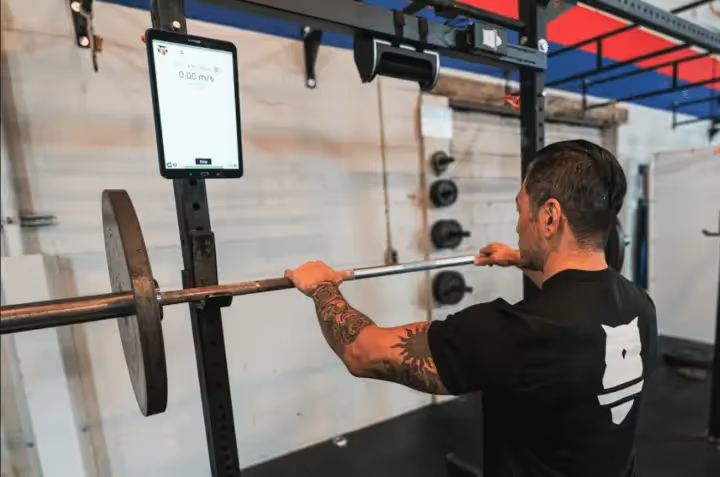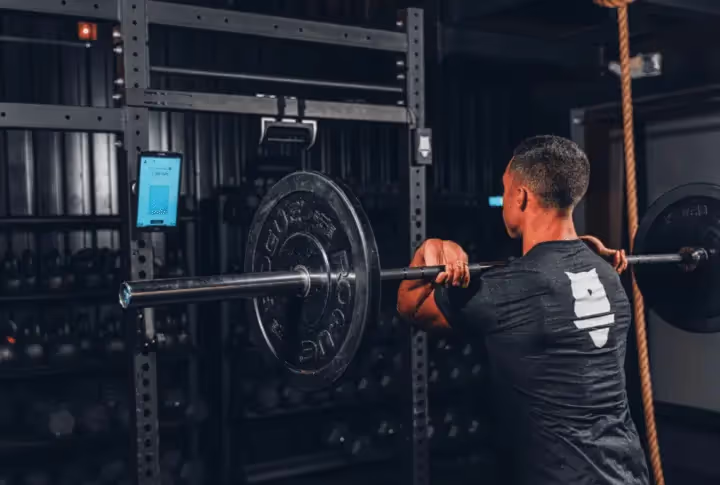Understanding Load Velocity Profiles

INTRODUCTION TO LOAD VELOCITY PROFILING
Simply put, a load velocity profile allows you to see what your athletes’ existing load and velocity production capabilities look like. Once graphed, this information roughly translates to how quickly your athlete lifts loads at various percentages of their rep max. Because velocity is a factor here and the RM value will fluctuate given an athlete’s velocities at various loads, you do not need to test for an RM to build a load/velocity profile. This is similar to RM predicting algorithms in VBT software. What you do need is a weight room and a velocity based training device.
The load velocity curve we briefly discussed in our second blog post can give a picture of what an ideal profile would look like for an athlete. Typically, when you profile your athletes you will see more of a linear regression rather than the non-linear decay you see here. However, the linear regression will not be a perfect correlation. Strong by Science provides a great tool for building r2 values (how much of the x axis – or velocity – is explained by the y axis – or load) that will help you interpret the relationship between load and velocity for your athletes.
Ultimately building a load/velocity profile will give the coach critical information about an athletes’ abilities and deficiencies in order to individualize their training more effectively. This individualization is easiest to apply in larger settings by using velocity based training and working within zones for desired adaptations. The load/velocity profile is essentially a roadmap of your athletes’ existing abilities including strengths and areas for improvement. You can then determine which area to focus on given sport and position needs, and program velocity zones according to the desired traits. Research has shown that basing resistance training off load/velocity profiles for specific adaptations is an effective method, in this case increasing vertical jump performance [1].
While many research articles have been written about load/velocity profiling, the following four resources can be really helpful . Morin & Samozino [6, 7] and Samozino et al. [10, 11] These tools are primarily useful for load/velocity profiling in sprinting and jumping. For load/velocity profiling using a barbell and velocities, Strong by Science has a great excel calculator.

WHAT BUCKET NEEDS FILLING?
Areas of improvement or “empty buckets” can be made more abundantly clear with the use of load/velocity profiling. Typically this is broken up into three different categories depending on your athlete: Velocity-Deficient, Load-Deficient, or Well-Balanced [1]. These theoretical profiles are depicted and labeled below. Once you have this given roadmap, you can determine how to train your athlete and help them create their optimal load/velocity profile for their sports performance needs. This will vary by athlete and by sport or position as well. The best way to determine this is to perform a needs-analysis and intimately understand what adaptations you ideally want to develop in your athlete.

It should also be said that power output is not a sufficient measure for this profile. Power = Force x Velocity, meaning that two very differently profiled athletes could have similar power outputs and be on totally opposite spectrums of needs. Be careful when using power output as an indicator of how prepared your athlete is to perform his/her sport. The load/velocity profiling will provide a much more exact picture. Think of it as a rough sketch versus a 3D rendering, you’ll be able to provide more value and detail with a 3D rendering and a load/velocity profile.
HOW STRONG IS TOO STRONG?
Strength and power are the two biggest desired traits for which coaches program. But how strong is too strong? This is obviously variable from sport to sport, position to position, and athlete to athlete. There are some vague apply-all recommendations (have you ever heard phrases like “once your guys can lift 2x body weight in the front squat, or 2.5x deadlift, they’re strong enough”?). These recommendations are typically based in research, but can be so imprecise given the individual athlete that they could potentially be dangerous if taken at face value. Always do your own research and draw your own conclusions, you know your athlete best. In any case, worrying about rate of force production, which will transfer more directly to sports performance, and which will be depicted using a load/velocity profile, will be more beneficial for both you and your athlete [1-10].
HYPOTHETICAL CASE STUDY
Imagine you have an athlete who is a 100m sprinter. His Freshman year he added 60lbs to his squat and saw tremendous improvements on the track with abundant Personal Records. Thinking this was the ticket, he worked all Sophomore year to load up his squat more and more adding an additional 60lbs, but instead of improving on the track, he got slower. This athlete clearly reached a point of diminishing returns and is now a velocity-deficient profiled individual (see the “velocity-deficient” profile above). That same athlete had he undergone a force/velocity profile screening upon entering his Freshman season would have been flagged as force-deficient (see the “load-deficient” profile above). As he added more weight to his squat, his profile would have reached a well-balanced equilibrium and his coach could have trained him to optimize that profile and continue to improve force and velocity tangentially (see black “well-balanced” profile above). Without that roadmap the athlete will swing like a pendulum between force-deficient and velocity-deficient and not reach his full potential on the track. Force/velocity profiling is a tool in the toolbox that can help you optimize your athletes’ success in their given arenas.
GENERATE YOUR OWN PROFILES
Using the following protocol, you can generate your own load-velocity profiles for your athletes to establish a baseline and continue tracking over time.

CONCLUSION
Load/velocity profiling may seem like a bear to tackle, but in truth it is fairly simple to understand and perform. The assessments only takes a few minutes and gives you a broad understanding of your athletes’ capabilities and areas of improvement. Using a VBT device to understand percentage of RM given the velocity output will help you build a comprehensive profile and a roadmap of where your athlete is and where you can take them.
Keep checking back for more velocity based training content, tips, tricks, and tools. And don’t forget to follow us on Twitter , Instagram and Linkedin and like us on Facebook .

OTHER RELEVANT POSTS!
Curious about the Coach’s perspective on VBT? Check out our Coach’s Corner series!
Check out our Return To Play from Covid-19 series!
SOURCES
- Jiménez-Reyes, P., Samozino, P., Brughelli, M., & Morin, J. B. (2017). Effectiveness of an individualized training based on force-velocity profiling during jumping. Frontiers in Physiology.
- Morin, J. B., & Samozino, P. (2016). Interpreting power-force-velocity profiles for individualized and specific training. International Journal of Sports Physiology and Performance.
- Suchomel, T. J., Comfort, P., & Lake, J. P. (2017). Enhancing the force-velocity profile of athletes using weightlifting derivatives. Strength and Conditioning Journal.
- Cronin, J. B., McNair, P. J., & Marshall, R. N. (2002). Is velocity-specific strength training important in improving functional performance? Journal of Sports Medicine and Physical Fitness.
- Cronin, J. B., McNair, P. J., & Marshall, R. N. (2003). Force-velocity analysis of strength-training techniques and load: Implications for training strategy and research. Journal of Strength and Conditioning Research.
- Morin, J.-B., & Samozino, P. (2015). Interpreting Power-Force-Velocity Profiles for Individualized and Specific Training Vertical Profiling for Ballistic Push-Off Performance Interpreting Power-Force-Velocity Profiles for Individualized and Specific Training. Article in International Journal of Sports Physiology and Performance International Journal of Sports Physiology and Performance, 11, 267–272.
- Morin, J. B., & Samozino, P. (2016). Interpreting power-force-velocity profiles for individualized and specific training. International Journal of Sports Physiology and Performance.
- Jiménez-Reyes, P., Samozino, P., Cuadrado-Peñafiel, V., Brughelli, M., & Morin, J.-B. (2016). Effectiveness of an optimized training using Force-Velocity profile analysis. European College of Sport Sciences, (July), 1–2.
- Kawamori, N., & Haff, G. G. (2004). The optimal training load for the development of muscular power. Journal of Strength and Conditioning Research.
- Samozino, P., Rejc, E., Di Prampero, P. E., Belli, A., & Morin, J. B. (2012). Optimal force-velocity profile in ballistic movements-Altius: Citius or Fortius? Medicine and Science in Sports and Exercise.
- Samozino, P., Morin, J. B., Hintzy, F., & Belli, A. (2008). A simple method for measuring force, velocity and power output during squat jump. Journal of Biomechanics.
- Giroux, C., Rabita, G., Chollet, D., & Guilhem, G. (2016). Optimal balance between force and velocity differs among world-class athletes. Journal of Applied Biomechanics.
- Behm, D. G. (1995). Neuromuscular implications and applications of resistance training. Journal of Strength and Conditioning Research.

Start Gathering Data With Perch Today!
Reach out to us to speak with a representative and get started using Perch in your facility.

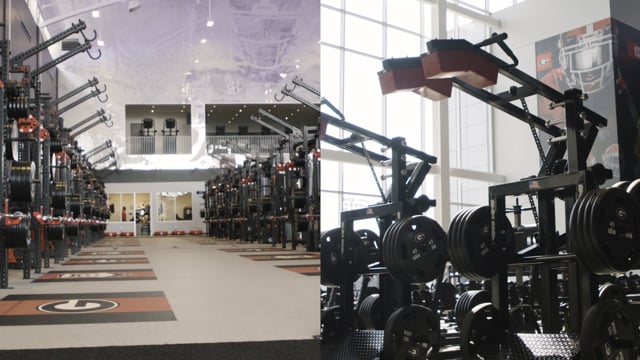
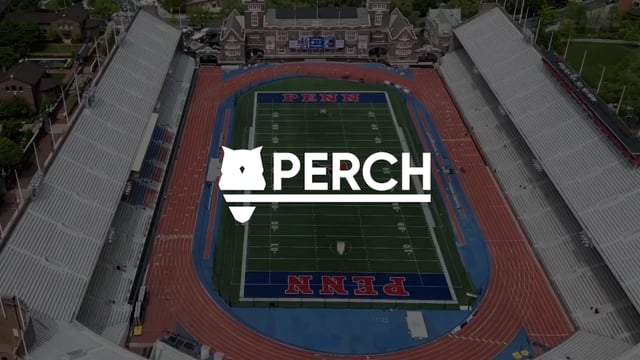



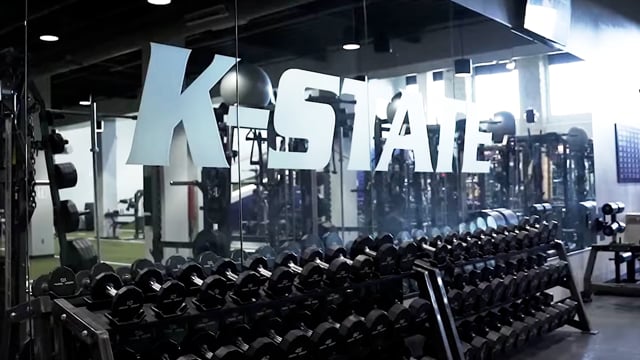


































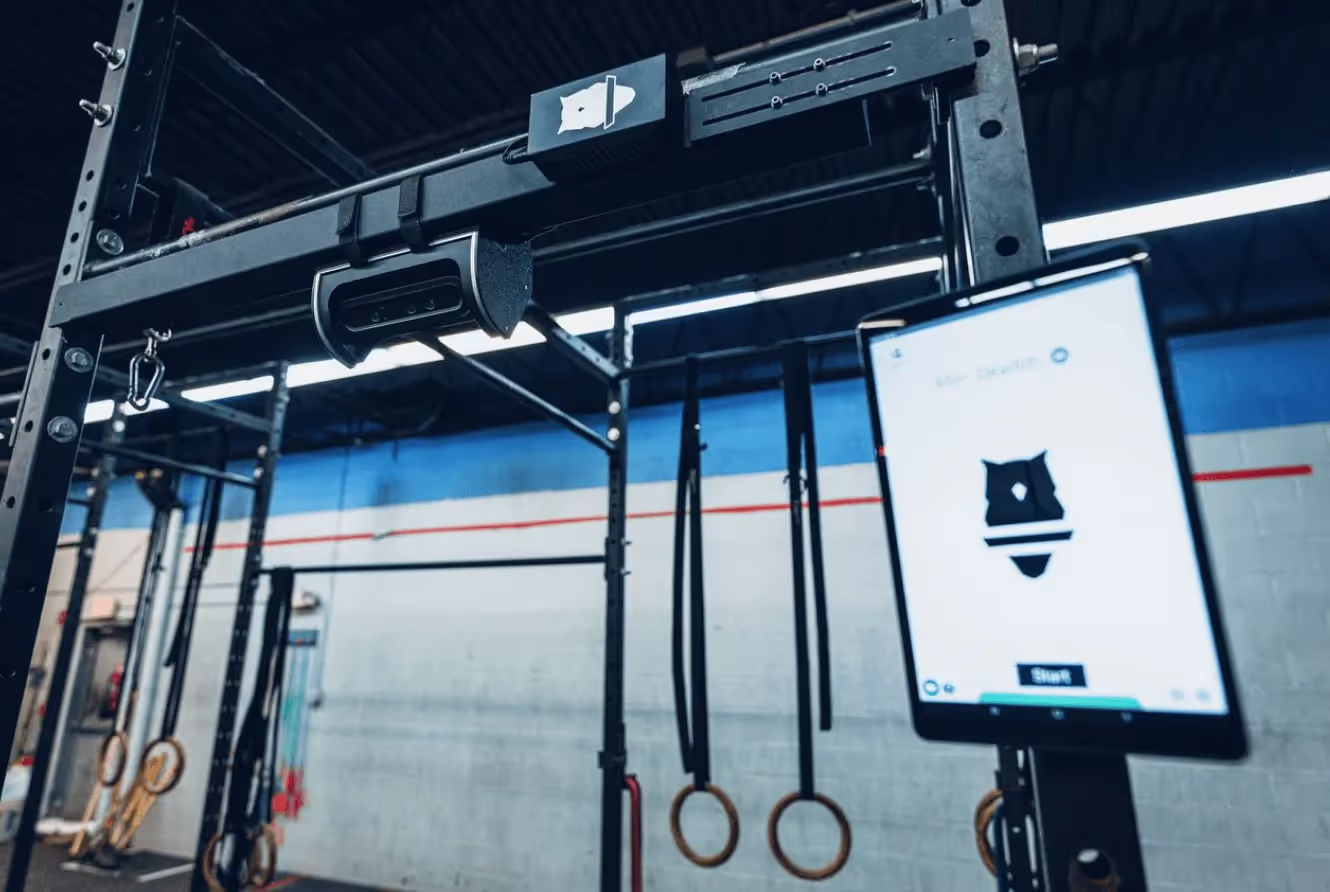
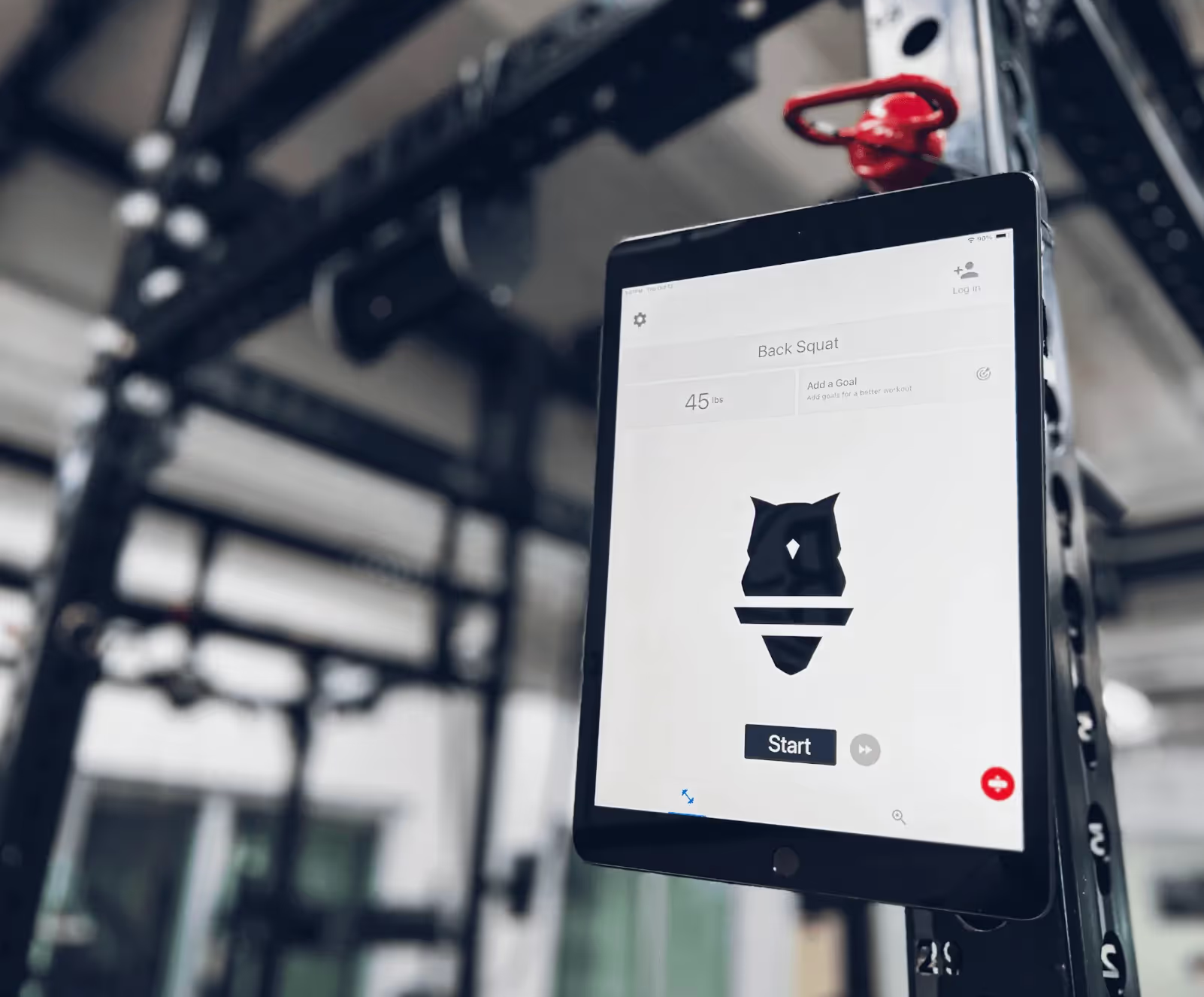



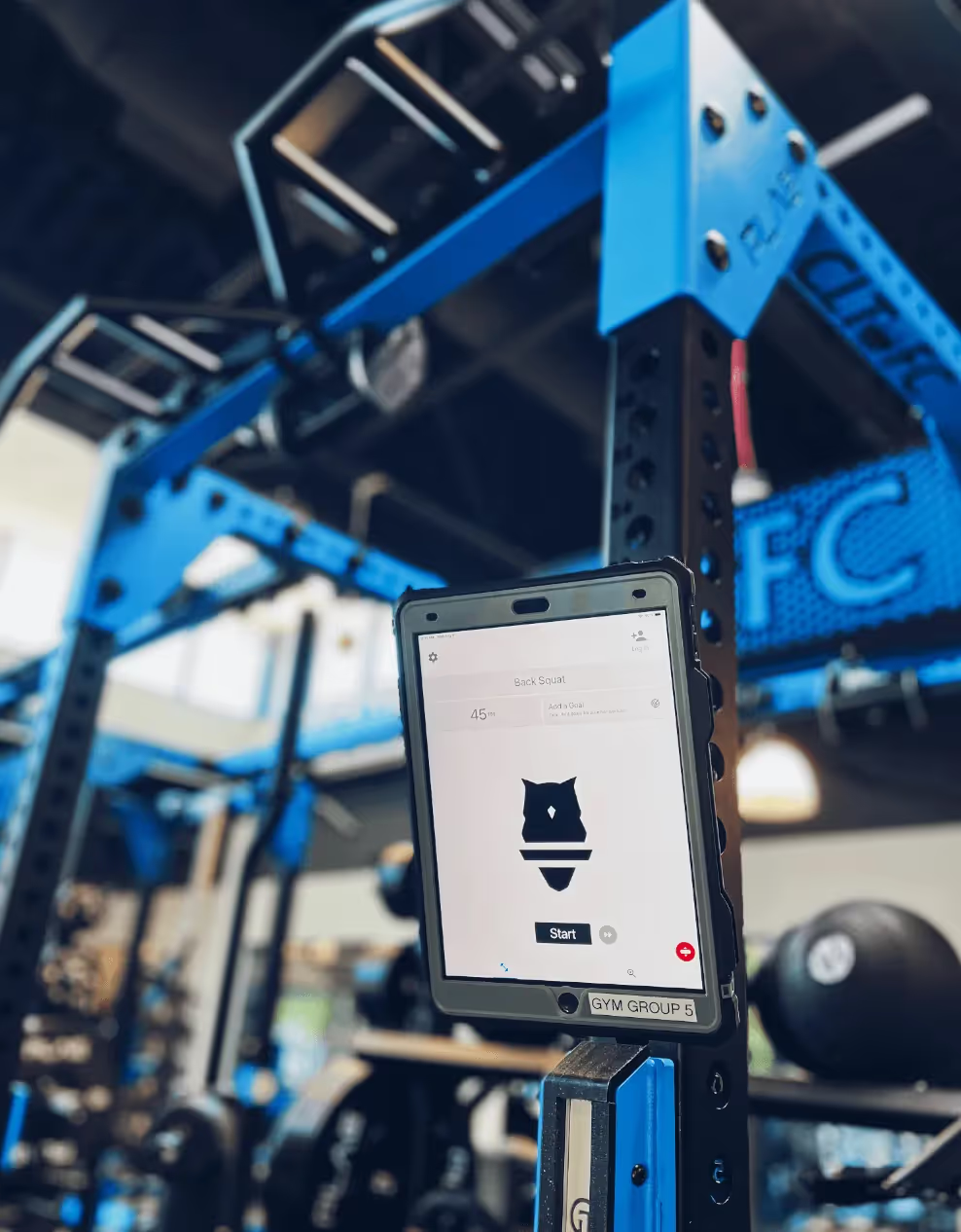
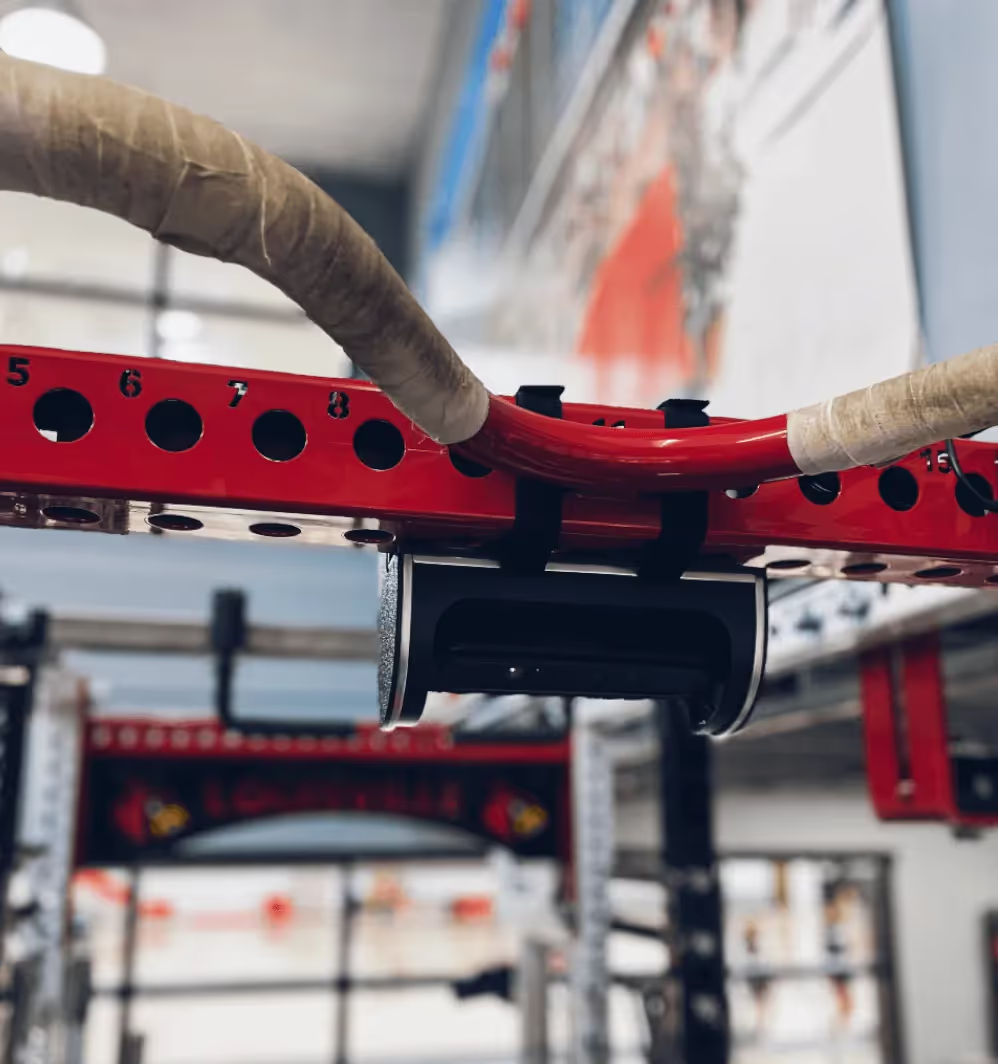












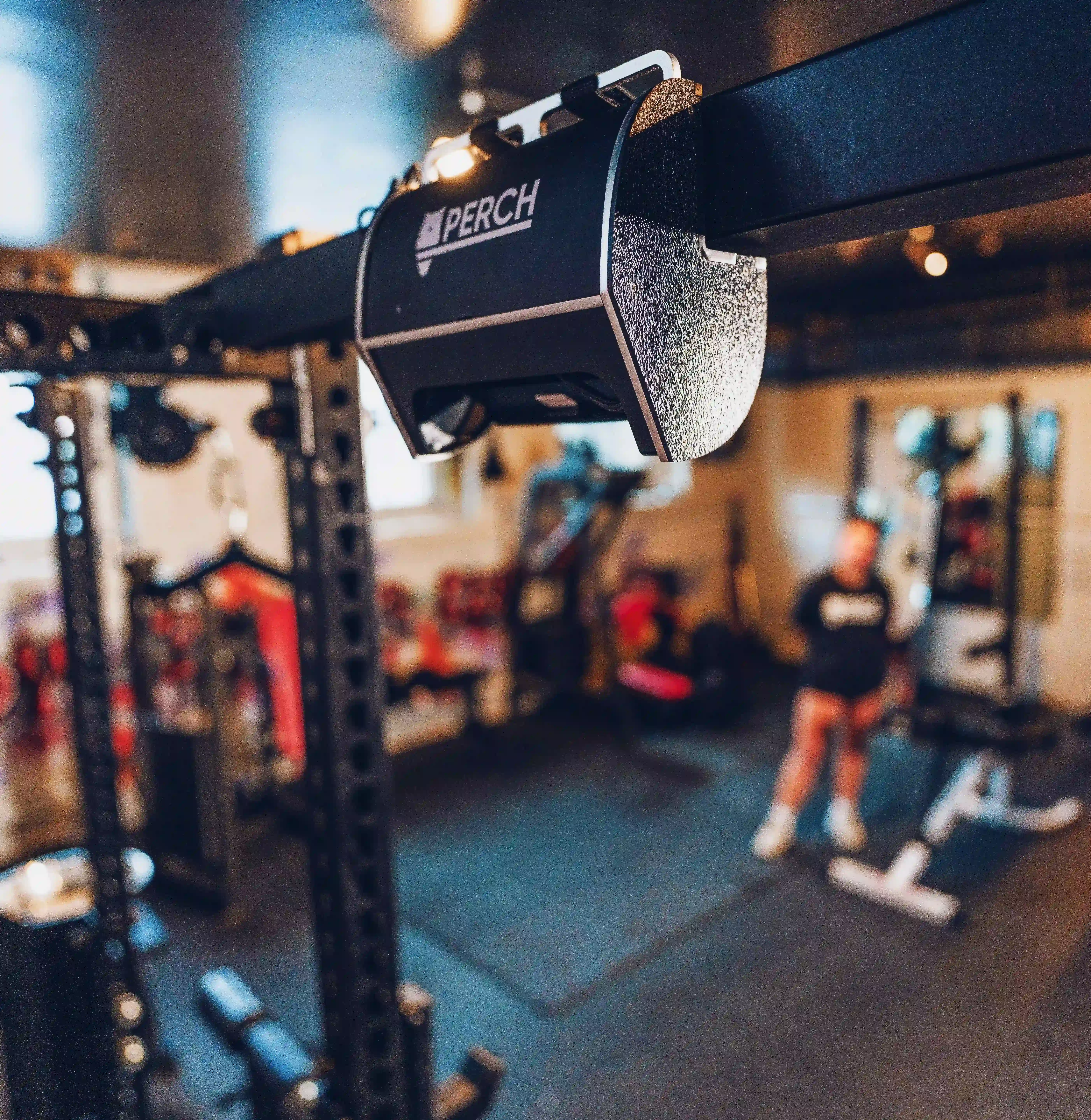


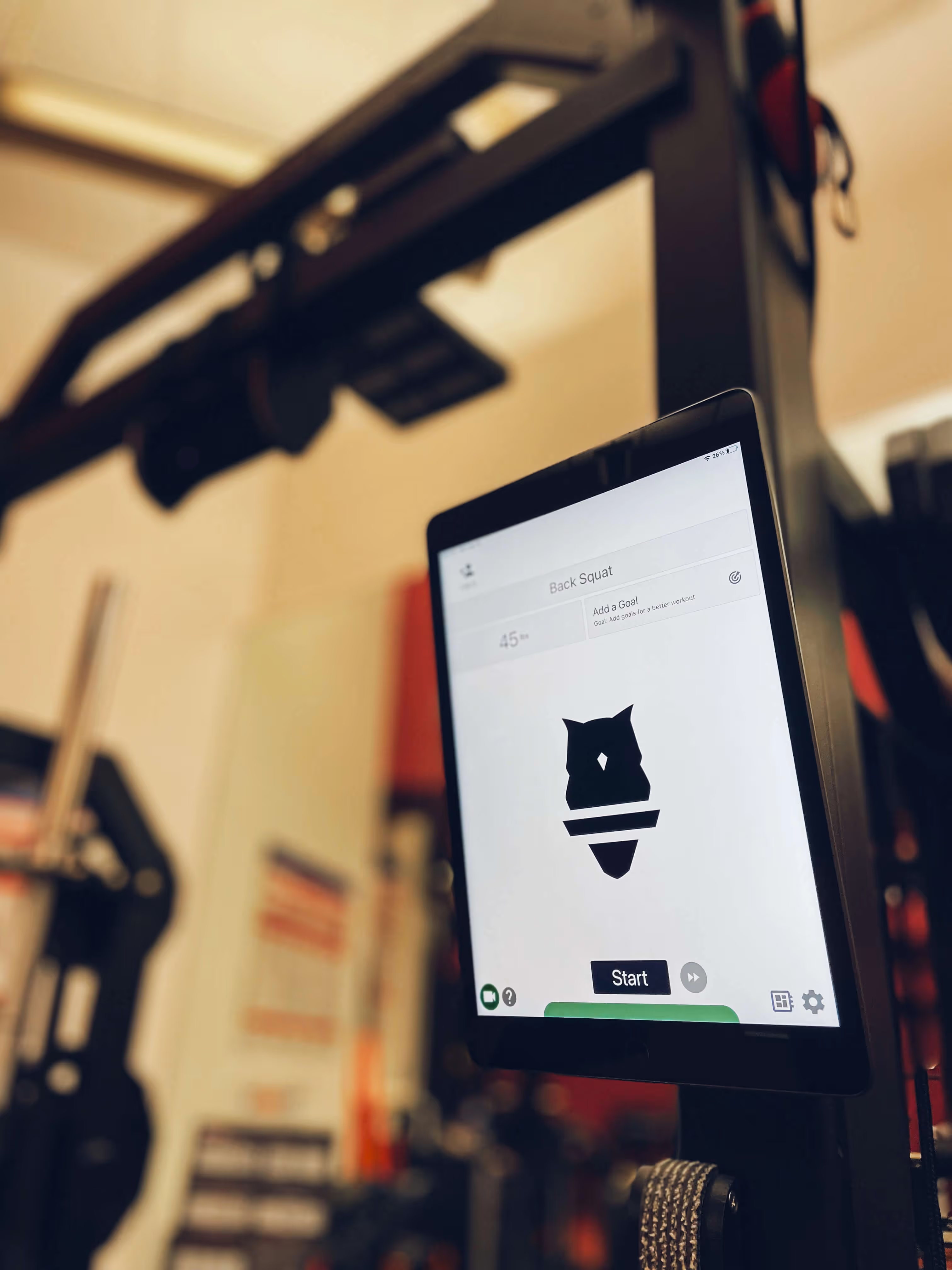








.avif)






